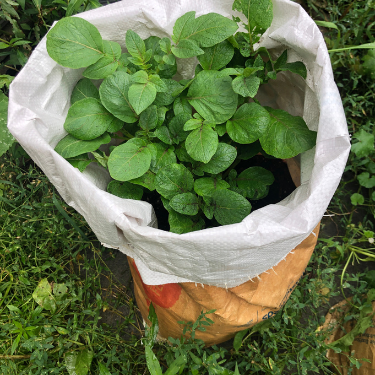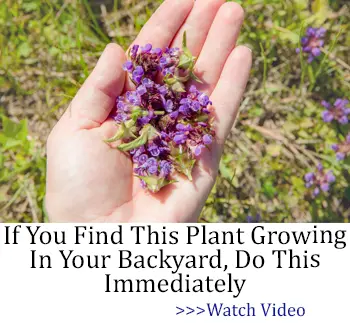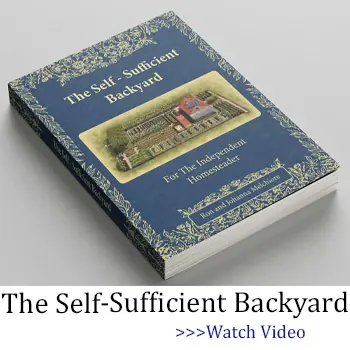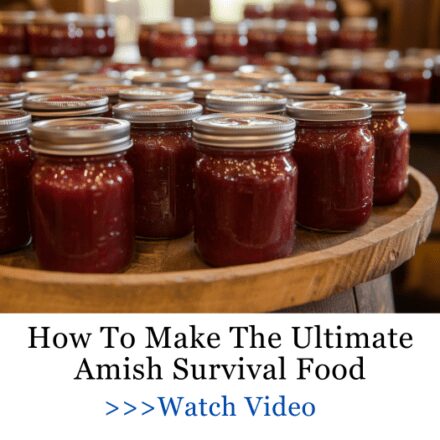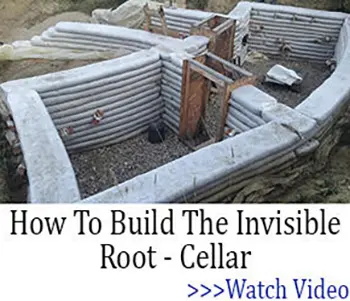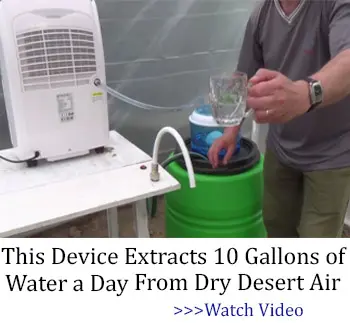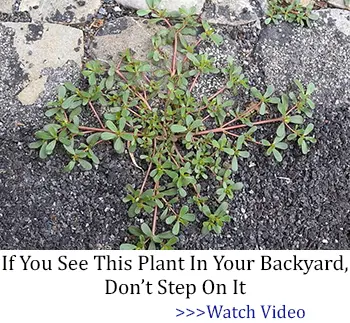Most of us grew up learning that planting in neat, straight rows is the key to a successful garden. It looks tidy, it’s easy to manage, and it’s what every gardening book tells you to do. But sticking to those rows might actually be harming your garden more than helping it.
This is the classic approach, but it’s not always the best. In fact, there are certain plants that simply don’t thrive when lined up neatly side by side. Planting these particular crops in rows can actually harm their growth, invite pests, or stunt your harvest. If you’ve been sticking everything into tidy rows, you might be unknowingly setting your garden up for trouble.
In this article, I’ll reveal which plants you should never plant in rows, and why breaking the mold could save your garden this season.
The Row Challenge
There are 5 reasons you don’t want to plant some vegetables in rows: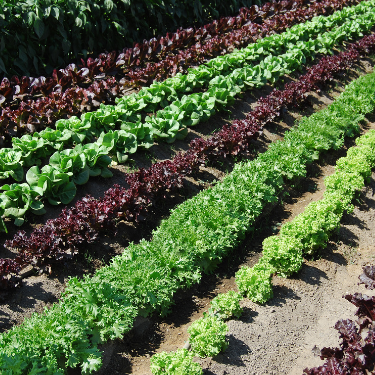
- The vegetable plants spread over a wide area, overcoming and growing over the plants in a row. These vegetable plants often have large leaves like squash, melon, and gourds.
- The vegetable plants are susceptible to certain diseases and in a row, they can more easily transfer those diseases to other plants in the bordering rows.
- The vegetable plant is simply not compatible with other plants and don’t make for good companions. This is particularly true for onions and garlic. I actually learned a lot about pairing plants from The Amish Ways Book. They’ve been practicing companion planting for generations, knowing exactly which plants thrive together and which ones should be kept apart. Some of their methods can even help you grow twice as much food in the same space, and I’ve started using a few of them in my own garden with great results.
- The vegetable plant is perennial like many herbs or even asparagus or Jerusalem artichokes. They slowly spread out disrupting the rows and take over wide areas. This is particularly true for mint, oregano and even thyme.
- The vegetable or herb is a prolific “re-seeder”, and it spreads out of the rows into the garden season after season. This is particularly true for herbs like dill, vegetables like onions and garlic, and even tomatoes that have dropped to the ground over the season.
The idea is to know what vegetables to plant in rows and which ones might require a dedicated space or other garden solutions.
Vegetables You Can Plant in Rows
Root vegetables. That’s the telegram if you’re planting vegetables in rows. Row gardening works if you make the right decisions. Here are some of the root vegetables that can survive and thrive when planted in rows:
- Carrots
- Beets
- Turnips
 Radishes
Radishes- Rutabagas
- Parsnips
- And Horseradish
Another type of vegetable that behaves itself in rows are green leafy vegetables. This includes:
- All lettuce varieties
- Spinach
- Kale
- Collard greens
- And Mustard Greens
Curiously, many of these root vegetables and green leafy vegetables will also grow well when scatter planted. That’s when you simply toss the seeds across an area and let them grow. They’ll grow fine in rows but will do just as well when scattered on the ground in clusters.
However…
Just because a plant may be defined as a root vegetable or leafy doesn’t mean it will do well when planted in rows. This is particularly true for all potatoes.
Sure, it’s a root vegetable but potato plants are often susceptible to various diseases, particularly on their leaves and a row of potato plants can easily spread that disease to other plants particularly tomatoes. And speaking of tomatoes, they are also susceptible to disease and can also spread it across your row.
And there’s always a catch when it comes to green, leafy vegetables. They are rabbit attractors. If you have a garden fence or other ways to repel garden pests, you’re okay but be aware that once a rabbit gets in the garden it will most likely shop around.
This starts to touch on companion planting considerations, but there are other solutions that we’ll explore that keep potential problem plants from affecting overall garden health.
The Pumpkin and Watermelon Challenge
Many gourds, squashes and melons send out long vines with broad leaves. They also take some time to mature, and their leaves can shade any plants growing next to them. That can be a good thing if they are shading a shade loving plant like cabbage or broccoli, but most vegetables prefer full sun, and large leaves will block most sunlight.
It’s best to plant gourds, squash and melons in dedicated spaces where they can spread or you can grow them vertically and that starts to get to some of the solutions to planting without rows.
Vertical Gardening
If a vegetable has a vine, you can grow it straight up on a stake, trellis, fence or other support. A lot depends on the size of the mature fruit or vegetable. Growing vertically prevents it from spreading over the ground and competing for sunlight with other vegetables, especially those small root vegetables. Here are some vegetables that can be supported on a vine and grow extremely well vertically:
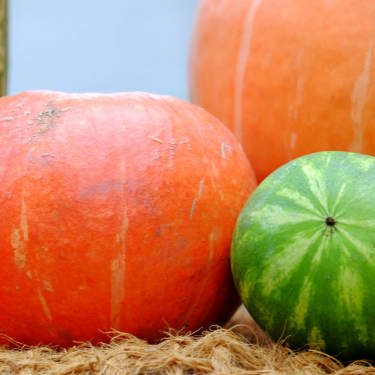
- Cucumbers
- Eggplant
- Winter squash
- Summer squash
- Pole beans
- Grapes
- All Berry varieties
However…
Even though pumpkins and watermelons grow on a vine the fruit grows too large to work with most vertical garden solutions. But there are options. For one, you could just plant them in a large, dedicated space. Call it the pumpkin and watermelon patch. They can spread across the ground with their broad leaves, and the large fruits can slowly mature heading into late summer of fall.
But there’s another solution and it’s called raised bed gardening.
A raised bed gives you a dedicated space where you can “cluster-plant” tomatoes, potatoes, and other large vegetable plants that tend to dominate a garden when planted in rows. Here again, you can just plant them in a dedicated space or isolated garden, but a raised bed will keep them at bay over the season.
Building one is actually really simple, and all you need are some materials you most likely already have around your homestead. You can actually learn how to make a raised bed with hoop house and pest protection from this step-by-step guide.
The Potato Tower
Another solution is the potato tower. A potato tower is a tall circular cage made from fencer wire and filled with layers of straw, soil and potatoes. The stalks and leaves of the potatoes emerge from the side and tops of the wire cage and when the potatoes are mature you just knock down the tower and pull out the potatoes. Make sure the tower in not in proximity to tomato plants or other vines. You can even isolate it away from other gardens as a self-contained vertical garden.
Another Good Reason to Avoid Rows
Some plants like marigolds, onions, garlic, basil, oregano and even mint repel insects and animal pests like rabbits and mice. It makes sense to locate these on the corners of a garden and as a border around a garden. Those borders may be rows, but they can potentially repel predators from bugs to rabbits. What’s nice is that many of these plants are also the backbone of so many old-fashioned home remedies that can help with everything, from soothing a cough to easing sore muscles. I picked up a lot of ideas from this book, and now I can step outside, grab what I need, and make something that works in minutes.
You could also box them off if they don’t make good companions.
I’ve also started growing more medicinal herbs right alongside my vegetables like calendula, echinacea, chamomile, and yarrow. They add a lot of color, and I love being able to step outside and pick what I need for a tea or a quick salve. I got most of mine from this Medicinal Garden Kit, and it was nice having all the seeds in one place instead of tracking them down one by one.
Above is a simple example of how to box off garlic to repel the bad guys while keeping the garlic at a bit of distance from any plants that don’t consider garlic as a good companion (most plants don’t).
Other Vegetables to Never Plant in Rows
There are other vegetables that don’t grow well in rows and don’t always work with some of the vertical and raised-bed solutions we’ve covered. These are the vegetables that simply need a wide, dedicated space or a separate garden. They include:
- It doesn’t really have a vine and ends up being a very large plant with large leaves and fairly long maturity rates. Find a spot for it but keep it out of the rows.
- This comes as a surprise to some because we’re so used to seeing corn in long rows in corn fields, but those rows are clustered close to each other. Grow corn in a cluster in a north corner so they don’t block the sun or cluster them in a dedicated “corn garden.”
- When tomato plants are allowed to sprawl in a cluster they actually send out new roots from their stems, adding to their ability to feed and draw water from the soil. It’s their natural tendency to spread although a vertical tomato cage can at least contain a bit of the plant.
Pay Attention
Just keep an eye on things as your gardens grow and pay attention to how well your vegetable plants perform depending on how they were planted. If the rows work, keep doing it but remember those vegetables that simply don’t do well in rows and find one of the alternative planting solutions we’ve covered. Hopefully you always get the best yield for your gardening efforts simply because you understood the dynamic growing needs of each plant.
The Native American Way To Self-Water Your Backyard
70 Ingenious Projects You Need To Add To Your Backyard (Video)
Asparagus – Where to Plant: Complete Location Guide for Growing Success

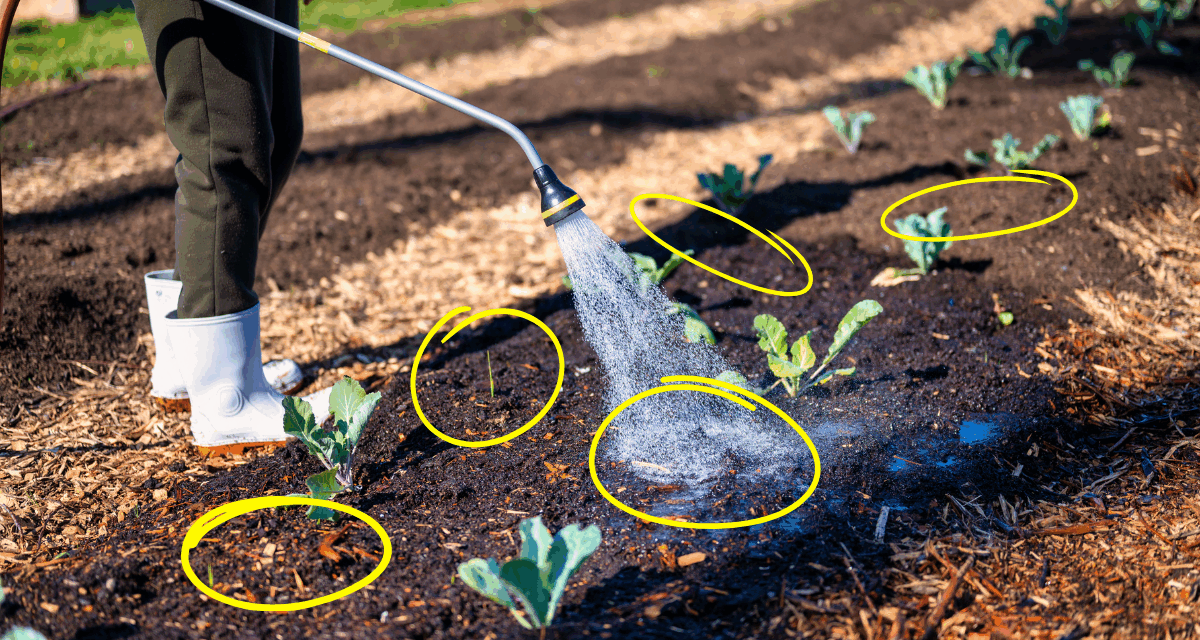
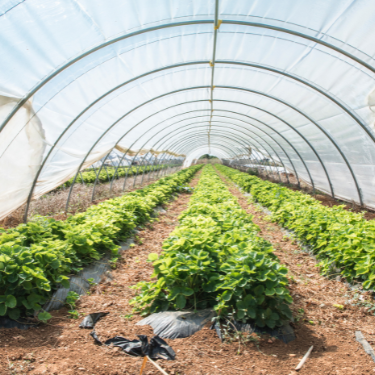 Radishes
Radishes